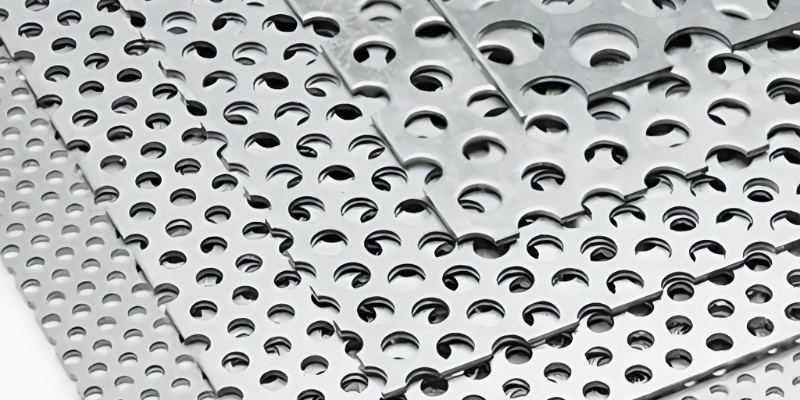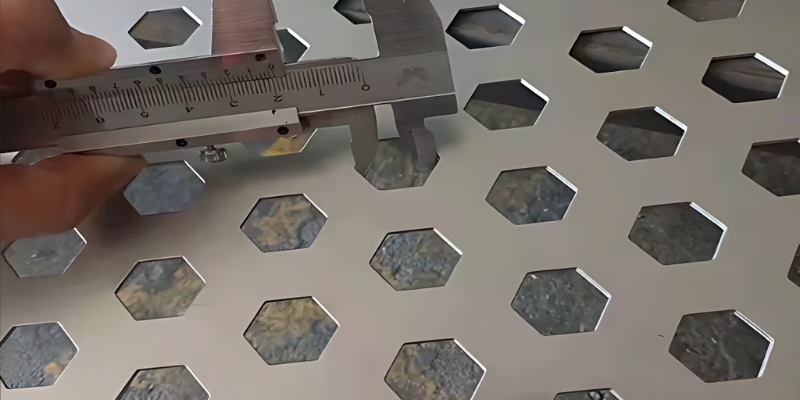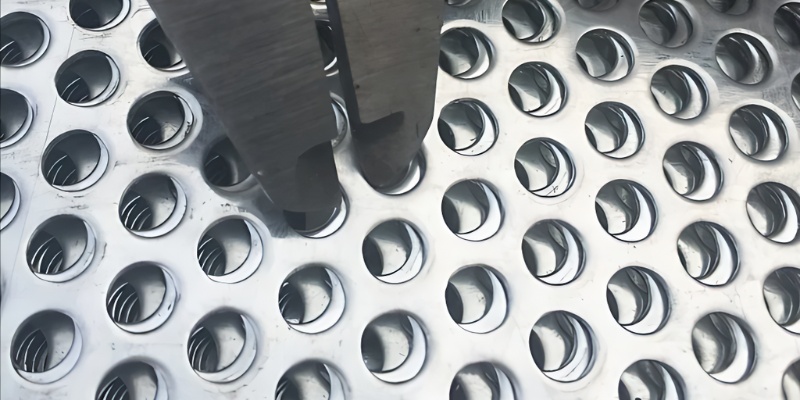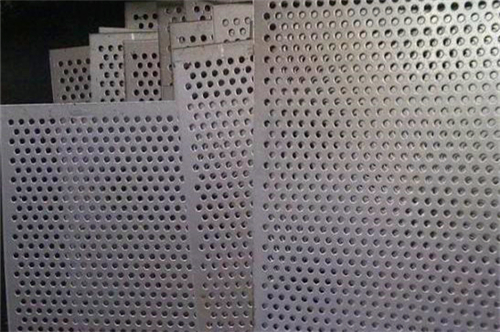7. Surface Treatment and Corrosion Resistance
Perforated sheets often require outdoor or industrial use, making surface durability critical. Improper treatment can lead to rust, peeling, or discoloration.
Optimization Strategies:
Coating Selection: Choose appropriate surface treatments like hot-dip galvanizing, electroplating, or powder coating based on application requirements.
Controlled Environment: Maintain clean, temperature-controlled workspaces to ensure adhesion and coating consistency.
8. Heat Treatment and Sheet Warping
In some cases, perforated sheets undergo post-treatment processes such as heat treatment, which may cause warping or dimensional instability.
Optimization Strategies:
Thermal Control: Carefully regulate heating and cooling rates to minimize thermal stress and prevent warping.
Clamping Fixtures: Use clamps or jigs during heat treatment to maintain sheet flatness and geometry.
9. Integrated Management and Continuous Improvement
High-quality perforated sheet production relies not only on technology and equipment but also on robust management systems and ongoing refinement.
Recommended Measures:
Process Standardization: Establish strict quality standards from material sourcing to final inspection.
Automation Adoption: Upgrade to CNC and smart manufacturing systems to reduce errors and improve repeatability.
Workforce Training: Provide technical training to operators, especially for critical production stages.
Customer Feedback: Actively collect end-user feedback and market data to guide process and product optimization.



